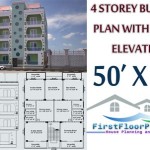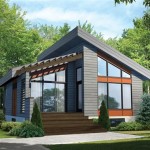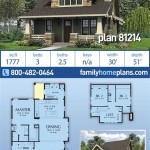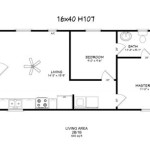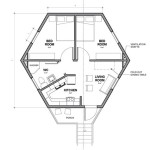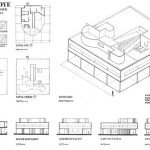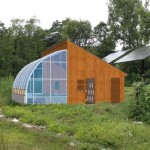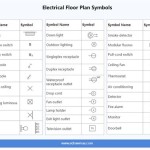Essential Aspects of Tiny Houses
Tiny houses have gained immense popularity in recent years, offering a sustainable and affordable alternative to traditional housing. Planning a tiny house requires careful consideration of various essential aspects to ensure a comfortable and functional living space. Here are some key factors to consider:
1. Size and Layout
The size of your tiny house will depend on your needs and lifestyle. Consider factors such as the number of occupants, desired amenities, and storage space. Efficient planning is crucial to maximize the available space. Optimize the layout by utilizing vertical space, incorporating multi-functional furniture, and creating clever storage solutions.
2. Materials and Construction
Material selection is vital for durability, energy efficiency, and cost. Choose high-quality materials that are suitable for small spaces, such as lightweight framing, energy-efficient windows, and durable siding. Ensure the construction adheres to building codes and safety regulations to maintain structural integrity and safety.
3. Energy Efficiency
Tiny houses should be energy-efficient to reduce utility costs and minimize environmental impact. Incorporate passive solar design, insulation, and energy-saving appliances. Consider using renewable energy sources like solar panels and rainwater harvesting systems to further enhance sustainability.
4. Storage and Organization
Storage is crucial in tiny houses. Maximize vertical and hidden spaces with built-in shelves, drawers, and storage compartments. Utilize under-bed storage, folding furniture, and multi-purpose items to minimize clutter and maintain order.
5. Utilities and Appliances
Plan for essential utilities such as electricity, water, and waste disposal. Choose compact appliances that are energy-efficient and designed for small spaces. Consider off-grid living possibilities by incorporating solar power, water filtration, and composting toilets.
6. Accessibility and Safety
Ensure the tiny house is accessible for all occupants, including those with mobility impairments. Provide adequate lighting, handrails, and non-slip flooring for safety. Install smoke and carbon monoxide detectors, and consider additional safety measures such as motion sensors and security systems.
7. Ventilation and Climate Control
Proper ventilation is essential for indoor air quality and comfort. Utilize windows, vents, and a ventilation system to ensure adequate airflow. Consider climate-control options such as air conditioning or heating to maintain a comfortable interior environment throughout the year.
8. Aesthetic Considerations
While functionality is paramount, aesthetics can enhance the overall appeal and enjoyment of the tiny house. Consider the exterior design, color scheme, and interior finishes to create a space that reflects personal style and complements the surroundings.
9. Legal and Zoning Regulations
Before constructing a tiny house, research local building codes and zoning regulations to ensure compliance. Some areas may have restrictions on the size, placement, or design of tiny houses. Seek professional advice or consult with local authorities to avoid any legal complications.
10. Future Flexibility
Consider the potential for future changes in your lifestyle or needs. Incorporate flexible design elements that can accommodate growth or expansion as circumstances evolve. Adjustable storage solutions, modular furniture, and convertible spaces can enhance the adaptability of the tiny house.

Affordable Tiny House 18 X 28 Adu In Law Cabin Guest Small Home Plans And Blueprints

Studio500 Modern Tiny House Plan 61custom

Pin On Casa Tixcacal 2

Tiny House Plan Examples

Tiny House Plans Designed To Make The Most Of Small Spaces

Tiny House Floor Plans 32 Home On Wheels Design

Tiny House Floor Plans Design Your

27 Adorable Free Tiny House Floor Plans Craft Mart

Tiny House Floor Plans Absolute Houses

Tiny Home Plans House Floor And Designs

